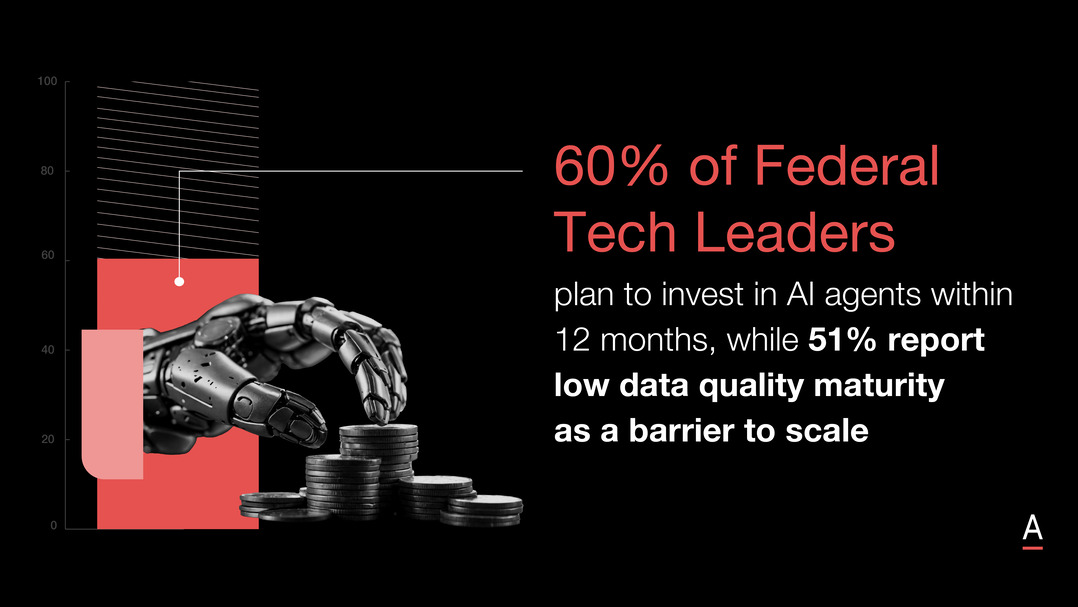The Impact of the Digital Restart Fund: Insights by Laura Christie, NSW’s Chief Digital & Information Officer
In this discussion, Laura Christie, Chief Digital & Information Officer at NSW Govt & Deputy Secretary of Digital NSW. Laura, highlights that the recent change in government in New South Wales and the increased emphasis on digital initiatives, is making their job easier.In this discussion, Laura Christie, Chief Digital & Information Officer at NSW Govt & Deputy Secretary of Digital NSW.
Laura, highlights that the recent change in government in New South Wales and the increased emphasis on digital initiatives, is making their job easier.
The Digital Restart Fund (DRF), has transformed the way the government assesses value from digital spend, shifting from a waterfall approach to agile product delivery. This change has led to 80% of transactions being completed online, benefiting citizens, local councils, and the economy.
Laura discusses the creation of a spatial digital twin for New South Wales, emphasising its potential to improve infrastructure delivery, particularly concerning housing. This digitisation of land and property data streamlines processes, enabling informed decisions in real estate and urban planning.
The discussion also touches on the importance of accessibility and inclusivity in digital services, ensuring that disadvantaged citizens, including those with disabilities, can access government services. Laura highlights the government’s commitment to building a digital identity and verifiable credential system that empowers citizens to control their information.
Laura’s insights demonstrate the government’s commitment to digital transformation, improving services for citizens, and enhancing efficiency through data-driven initiatives and inclusivity.
Key Takeaways:
- Digital Transformation and the DRF: New South Wales Government advances digital transformation with the DRF, shifting from traditional funding to agile product delivery, promoting collaboration among government departments to benefit citizens.
- Spatial Digital Twin: The government is creating a comprehensive spatial digital twin, digitising decades of spatial data for 2D, 3D, and 4D land and property models, facilitating informed decisions and streamlining processes, like site assessments.
- Accessibility and Inclusivity: Commitment to improving accessibility and inclusivity, addressing the needs of disadvantaged citizens, including those with disabilities. Focus on designing services for all and initiatives like Accessibility in New South Wales to ensure access to digital services.






























